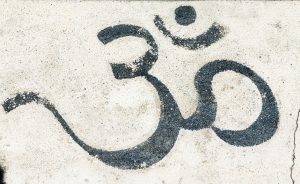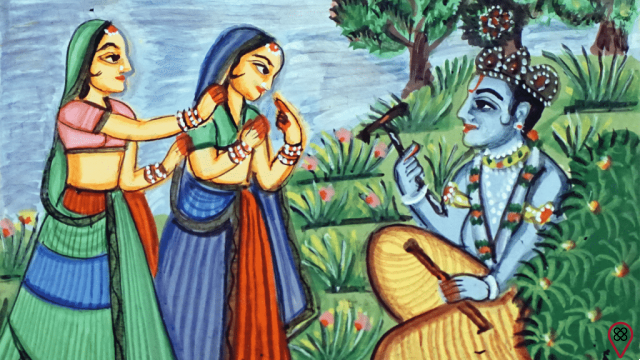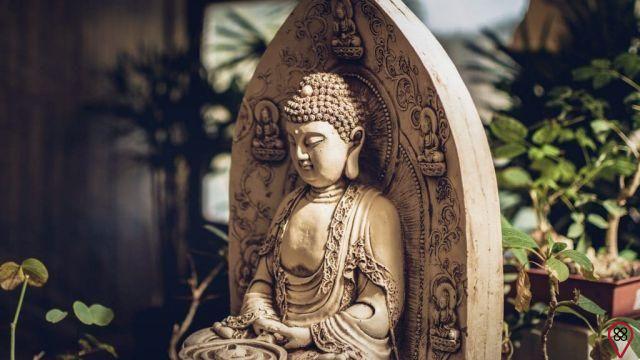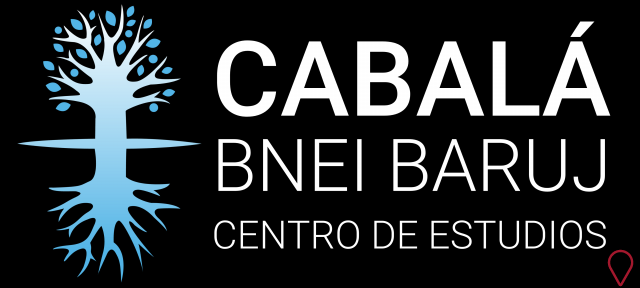17Emerged more than 5.000 years ago in northern India, the Vedic culture is characterized by meditation practices such as Yoga and mantras. Ancient studies show that this culture was founded on Hinduism and their life practice was the search for the Absolute Truth.
The place where the Vedas used to be, today is the Rajasthan desert, in a valley between the Indu Saraswati rivers. In addition to these places, the Veda people lived in what are now the territories of present-day India, Pakistan and the Punjab.
Language
The philosophy of the Veda people was recorded in verses  through the Devanagari alphabet, thus taking place the compilation of the so-called “The Four Vedas”: Rigveda, Yajurveda, Sâmaveda and Atharvaveda.
through the Devanagari alphabet, thus taking place the compilation of the so-called “The Four Vedas”: Rigveda, Yajurveda, Sâmaveda and Atharvaveda.
- Rigveda: they are hymns and verses composed in the form of poems for the recitation of sacrifices.
- Yajurveda: reciting prose hymns in a low voice during sacrificial acts.
- Samaveda: sung verses from the Rigveda.
- Atharvaveda: spells for physical and spiritual healing.
Religious Practices
Modern Hinduism comes from the Vedic religion. The most important texts for this religion are the Four Vedas.
 The religious practice of the time was through sacrifices while chanting the Vedas. At the time, people made offerings to obtain fortune, livestock, longevity, 'rest eternally in the kingdom of heaven', rain, among others.
The religious practice of the time was through sacrifices while chanting the Vedas. At the time, people made offerings to obtain fortune, livestock, longevity, 'rest eternally in the kingdom of heaven', rain, among others.
The Vedic deities were Indra, god of storms in Hinduism; Agni, god of fire and life and others like Mitra–Varuna, Aryaman, Bhaga and Amsa, deities of nature, considered protectors of the Vedic people.
Legacy
In addition to the vast literature and philosophy of the Vedic people – for example, the Mahabharata, the greatest poem ever written, containing over a hundred thousand verses entitled Bhagavad-gita, (The Song of the Lord) – there are important legacies for all posterity in the area of health, with Ayurveda (use of natural methods for food and meditation); of architecture, with Vastu-Shastra; local social development, with the Varnashrama system, which performs practices such as prayers, meditations and yoga based on Krishna's teaching; of self-knowledge, with Jyotishi (Astrology) and the elevation of consciousness, with the Yoga system and meditations in general.
We can learn from Vedic culture that all realization is attainable on the basis of one's efforts, going all the way to achieve them (actual sacrifice reference). It is possible to acquire wisdom through studies of culture and practices of mantras and meditations, thus accelerating the process of reaching the Absolute Truth.
- Text written by Bruno da Silva Melo from the Eu Sem Fronteiras Team.

























